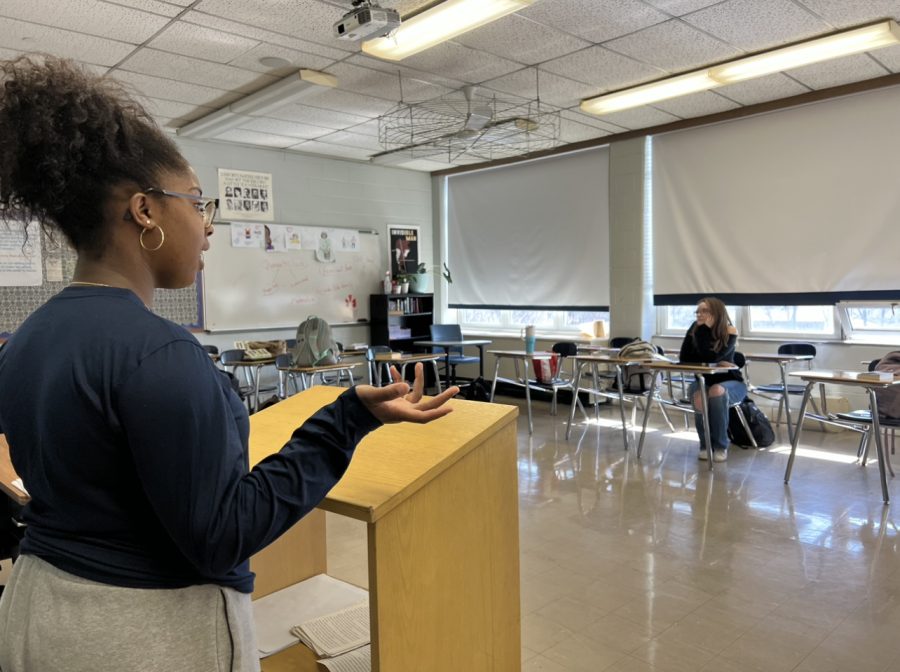Increasing number of absences leads to attendance policies being reformed
With the number of absences increasing, classes begin to look more and more empty.
March 13, 2023
At the beginning of the 2023 school year, the administration implemented several new policies to the school. One of which being a reformed attendance and tardy policy due to the attendance issues that were occuring last semester.
In 2022, the number of chronically absent students which are students missing 10% or more of school days per year either with or without a valid excuse, was 27%. DGS had a chronic absenteeism rate approximately 4% more than the rest of the district.
Associate principal Dr. Karen Taylor speaks on why the attendance policy / tardy policy has been reformed.
”Post pandemic we are seeing a lot of confusion around [the attendance policy]… for three years we were functioning under [different rules] and now we are back to what existed for excused and unexcused absences pre- pandemic,” Taylor said.
This attendance does not just impact District 99, but also other school districts throughout Illinois as well.
“As a district we are faring better [in attendance] than our other counterparts…Downers Grove North is experiencing an uptake in chronic absenteeism like we are. Our chronic absenteeism is a bit higher,” Taylor said.
AP Statistics and Prep for Quantitative Literacy teacher Edward Malczewski compares attendance rates in his classes when he had first started his career teaching to more recent years.
“Compared to when I first started working here, the number of tardies and even just absences in general, both of them are just a lot larger than they used to be. Last year when we had the swipe stations, I had a kid who was tardy over a hundred times and I don’t think that anything happened to him in terms of consequences. They needed to do something to try to get these kids here on time and ready to learn,” Malczewski said.
The reformed policy states that parents and or guardians will verify a valid excused student absence by notifying the Attendance Office. After the sixth absence in a semester, parents / Guardians will be asked to provide supporting documentation about the nature of the absence if they have not previously done so. Common forms of documentation are a doctor’s note, court papers, and college visit forms.
Associate Principal Dr. Karen Taylor explains the new tardy policy that has been in effect this year.
“We did change the length of time that would be counted as tardy; it used to be 20 minutes but now it is 10. What prompted that was the need to get a little tighter on students prioritizing getting to class on time…Once a student is 10 minutes or more late to class they are considered to have an unexcused absence tardy,” Taylor said.
Malczewski speaks on how he feels the reformed attendance and tardy policy has impacted his classes so far.
“I have not really noticed anything [different]. My first period class, a lot of kids are tardy and a lot of kids miss the first period at the same rate now as last semester,” Malczewski said.
These reformed policies offer different opinions with students as well as staff.
Senior Kaley Bretwisch states how she feels that this policy is becoming too strict, and it feels limiting to her freedom and invading her privacy to have these new attendance related policies in place.
“I feel like that policy has become a lot stricter on the way that they track how much school you miss and like why you are missing it. As a senior in high school, I find it frustrating at times because sometimes [students] need a mental health day, [and] especially with some of the classes that aren’t as demanding in your workload and you know you can afford to miss. Sometimes it is okay to stay home from school,” Bretwisch said.




